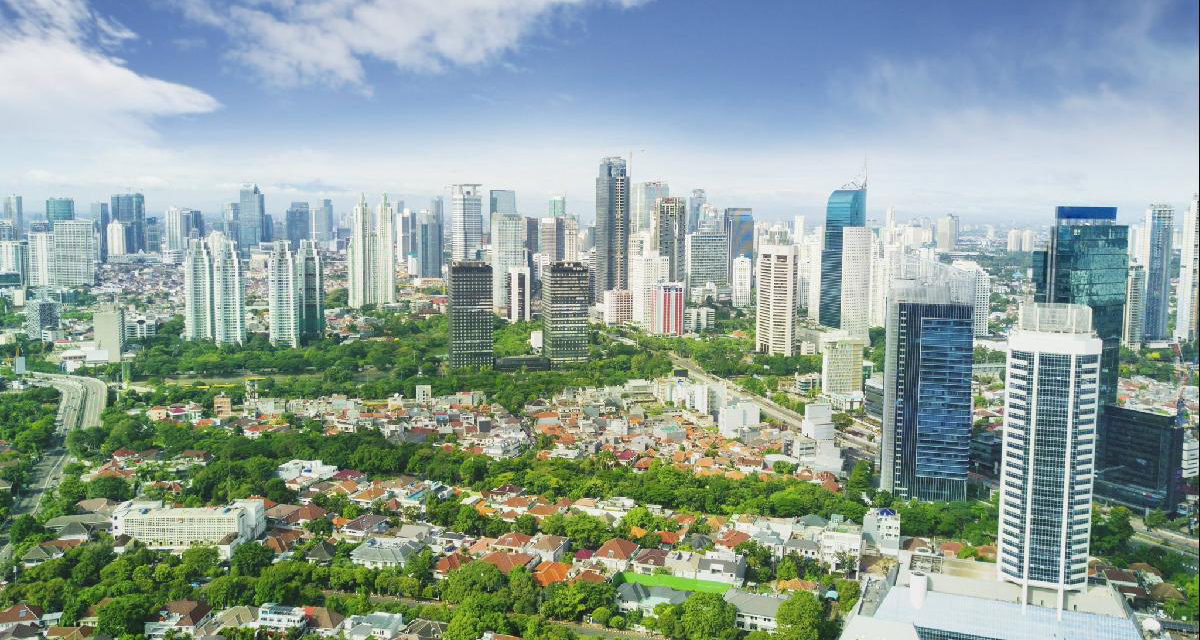Last year, Indonesia’s government announced that it would be moving its capital from Jakarta to the East Kalimantan region on Borneo Island – an island in Southeast Asia’s Malay Archipelago shared with Myanmar and Brunei. The relocation will reportedly take approximately 10 years, with construction expected to begin in 2021. The decision was triggered by Jakarta’s proneness to flooding, making it one of the fastest-sinking capitals in the world. With 17 centimetres of rain experienced yearly and sea levels on the rise, the move was crucial to lifting the burden faced by the current capital.
“We couldn’t continue to allow the burden on Jakarta and Java Island to increase in terms of population density,” said President Joko Widodo at a news conference. “Economic disparities between Java and elsewhere would also increase.”
However, Indonesia isn’t the only country to uproot its capital city. From boosting economic opportunities to solving overcrowding, there is a lot to be gained from strategically relocating a capital city. Here are five other nations that have moved its capital cities:

- Brasilia, Brazil
Brazil has had two capital cities in recent history. The first was in Salvador, located in the north-eastern state of Bahia, between the years 1549 to 1763. It was established by the first Governor-General of Portuguese South America during the colonial era and quickly became a main port for the slave trade. However, it was later moved to Rio de Janeiro in 1763, a far more reasonable port city that was rapidly expanding. It remained the country’s capital until 1960 when the capital was once more relocated to Brasilia due to overcrowding.

- Ankara, Turkey
Contrary to popular belief, Istanbul isn’t the capital of Turkey, at least not anymore. Istanbul was replaced by Ankara in the country’s central Anatolia region shortly after the First World War in 1923. The reason stemmed from the Entente forces – made up of France, the United Kingdom and Russia – occupying large parts of Istanbul. Several Turkish politicians agreed that it would be best to move the capital to Ankara and continued to stay there even once troops were withdrawn.

- Naypyidaw, Myanmar
The capital of Myanmar – previously known as Burma – was Yangon until 2005 when military rulers decided to move the capital without any official explanation or warning. While the new capital is better located, some have speculated that the move could have been linked to a warning of a foreign military attack. The planned city was founded 200 miles away from Rangoon and took ten years to build, completing construction in 2012.

- Washington, DC, United States
Did you know that the United States relocated its capital city several times during its early history? The first was New York which lasted until 1790, it was the first national capital and saw significant moments in American history including the first sitting of the United States Supreme Court and the inauguration of President George Washington. Afterwards, it was moved to Philadelphia while a new capital was established under the 1790 Residence Act which decreed that a national capital and a permanent seat of government must be created. The exact location was determined by President Washington and land was provided by both Maryland and Virginia. The current capital took ten years to construct and was named after the first US President.

- Abuja, Nigeria
Like many other cities on this list, Abuja was a planned city, constructed mainly in the 1980s. Replacing Nigeria’s most populous city, Lagos, the relocation stemmed from several reasons. One of which was the government’s desire to find a location that was ‘ethnically neutral’ and reflective of the country’s diverse demographic as Lagos was predominately home to the Yoruba ethnic group. Abuja’s central location also made it accessible to those from other parts of the country. Another reason for the move was Lagos’ sudden population boom which saw massive overcrowding and poor living conditions.
Photo credit: FT Property Listing
- This Artist is Making the Underwater Arena His Canvas - 28th April 2021
- A Video Game that Promotes Peace and Conflict Resolution - 15th March 2021
- Netflix’s ‘Living Undocumented’ is a Difficult Series to Watch, and Exactly Why We Should - 9th March 2021






